Optimal Timing for Foundation Repairs
Foundation repairs are most effectively performed during specific times of the year, depending on weather conditions and soil stability. Proper timing can ensure better curing, reduced risk of complications, and longer-lasting results. Understanding seasonal factors is essential for scheduling repairs optimally.
Spring offers moderate temperatures and soil moisture levels, making it suitable for foundation work. However, heavy rains can sometimes delay projects.
Summer provides long daylight hours and warm weather, ideal for curing concrete and completing repairs efficiently.
Fall typically features cooler temperatures and less rain, creating favorable conditions for foundation work before winter.
Winter is generally less ideal due to cold temperatures and potential frost, which can hinder excavation and curing processes.
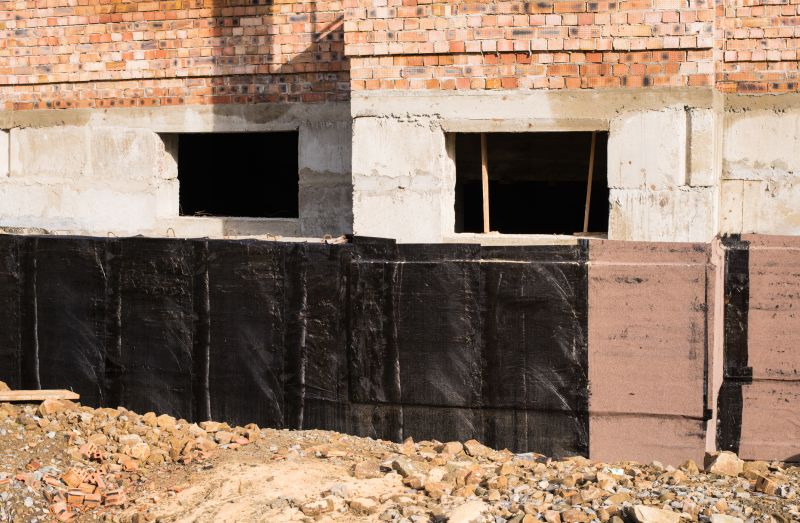
Springtime foundation repairs benefit from moderate moisture and temperatures.
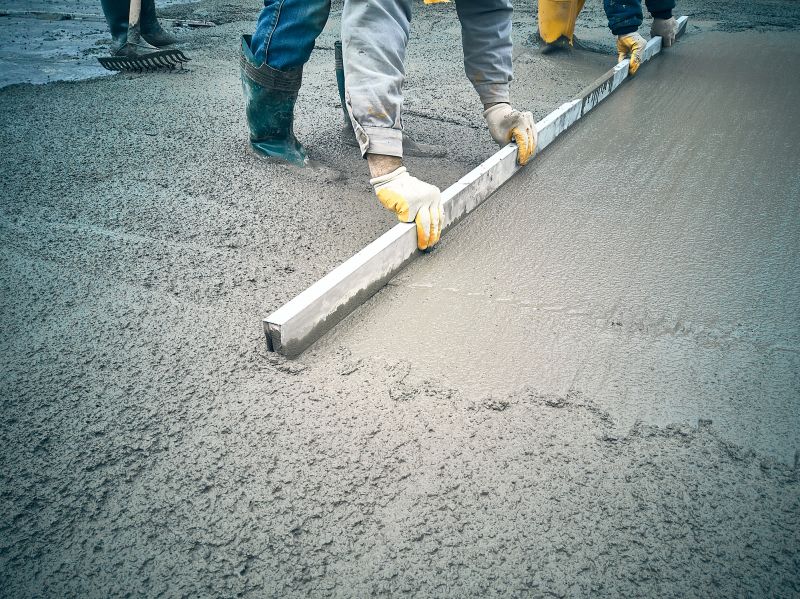
Summer's warm weather facilitates efficient curing of concrete during repairs.

Fall provides cooler, drier conditions suitable for foundation stabilization.
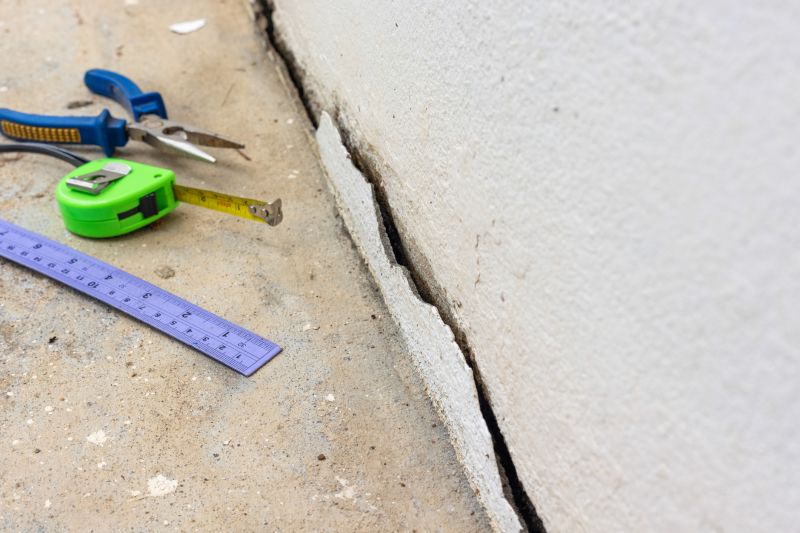
Ways to make Foundation Repairs work in tight or awkward layouts.
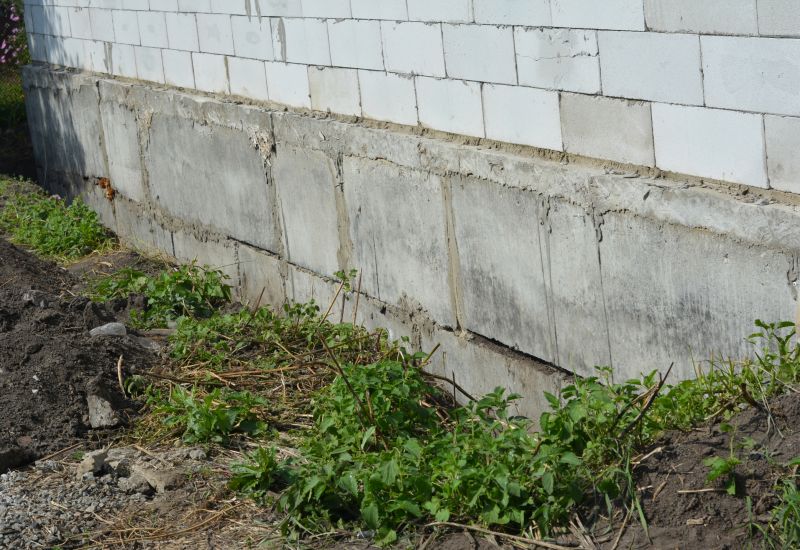
Popular materials for Foundation Repairs and why they hold up over time.
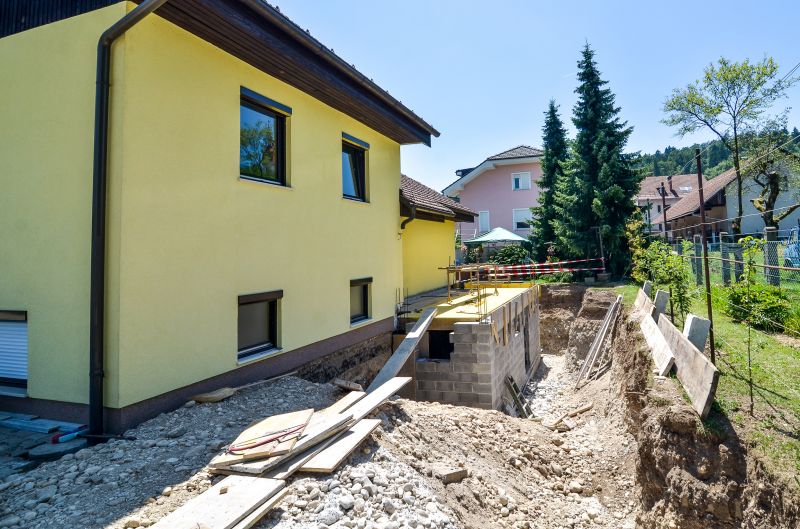
Simple add-ons that improve Foundation Repairs without blowing the budget.
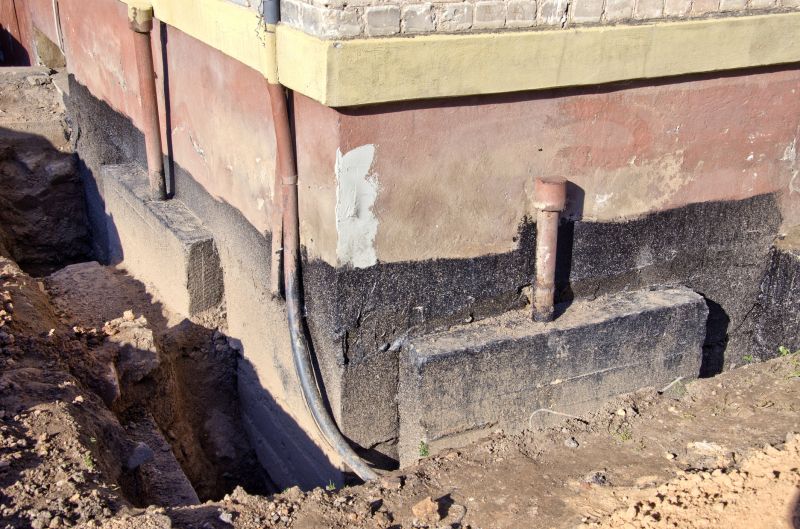
High-end options that actually feel worth it for Foundation Repairs.
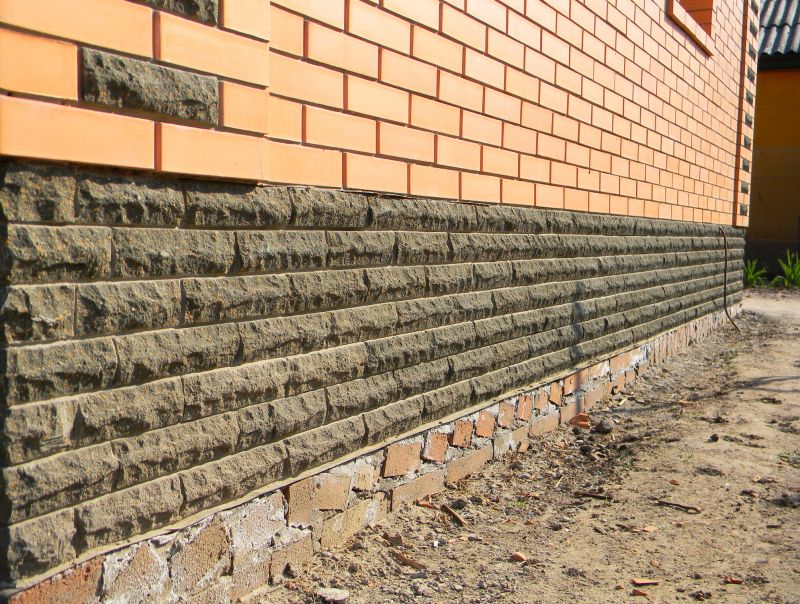
Finishes and colors that play nicely with Foundation Repairs.
| Season | Ideal Conditions |
|---|---|
| Spring | Moderate temperatures with moist soil, suitable for repairs |
| Summer | Warm weather with long days, ideal for curing |
| Fall | Cooler, dry conditions before winter |
| Winter | Cold temperatures and frost make repairs challenging |
Foundation repairs involve addressing issues such as settling, cracking, and shifting caused by soil movement, moisture changes, and structural stress. Properly timed repairs can prevent further damage and extend the lifespan of a building's foundation. Experts often recommend scheduling repairs during seasons with stable soil conditions and manageable weather to ensure optimal results.
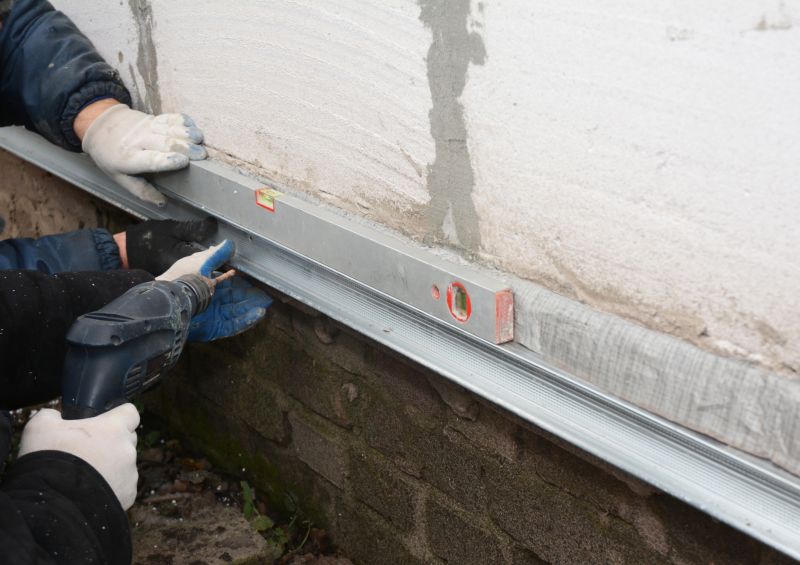
Workers stabilize and lift foundations to correct settlement and cracks.
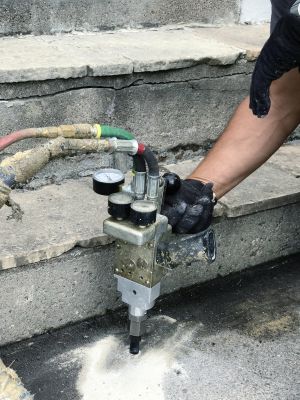
Methods like mudjacking and piering are used to restore stability.

Cracks are sealed and reinforced to prevent further damage.
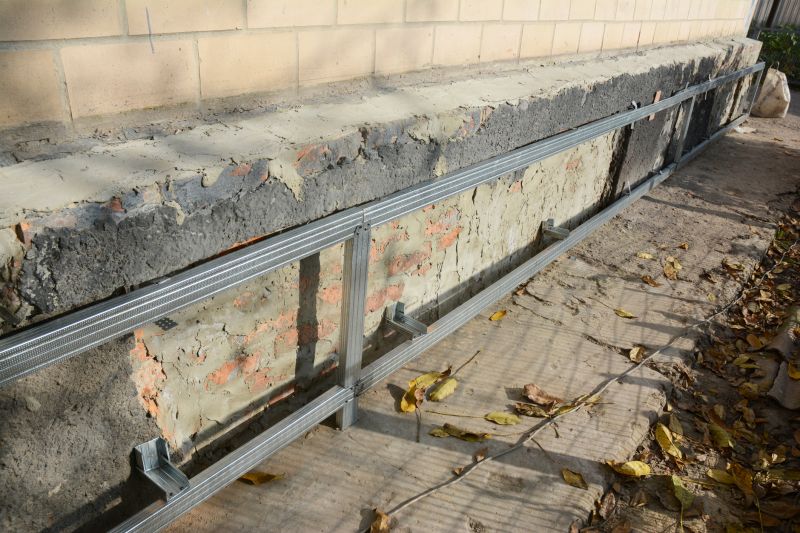
Final assessments ensure foundation stability and safety.
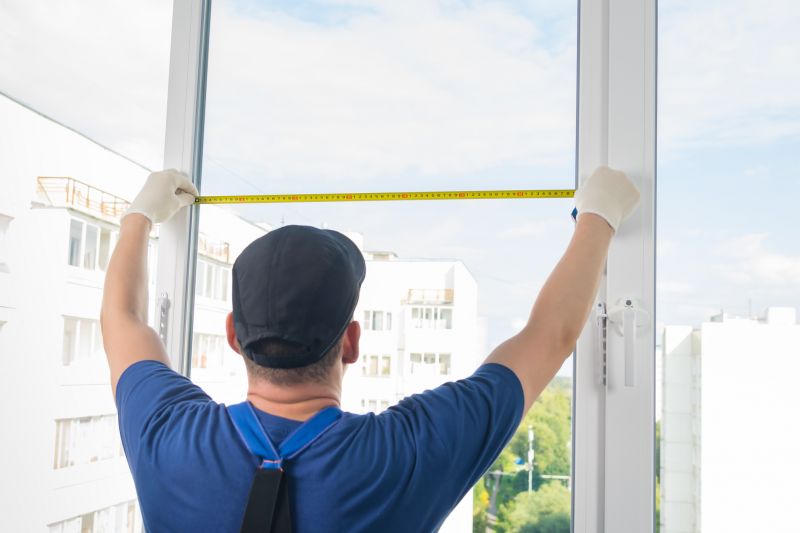
Little measurements that prevent headaches on Foundation Repairs day.
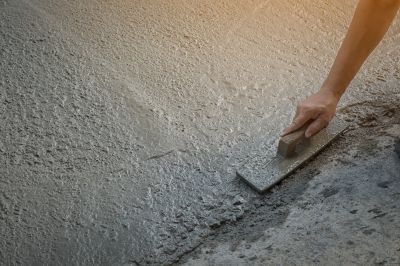
A 60-second routine that keeps Foundation Repairs looking new.

A frequent mistake in Foundation Repairs and how to dodge it.

Small tweaks to make Foundation Repairs safer and easier to use.
Timely foundation repairs are essential for maintaining structural integrity and preventing costly future damages. Recognizing the optimal seasons for repair work can lead to more efficient project completion and longer-lasting results. Consulting with foundation specialists can help determine the best timing based on local climate and soil conditions.
Cracks in walls, uneven floors, and sticking doors may indicate foundation issues.
Addressing problems early can prevent extensive damage and reduce repair costs.
Clear access and remove obstacles to facilitate efficient repair processes.
Consult experts to select the most suitable time for foundation repairs.

